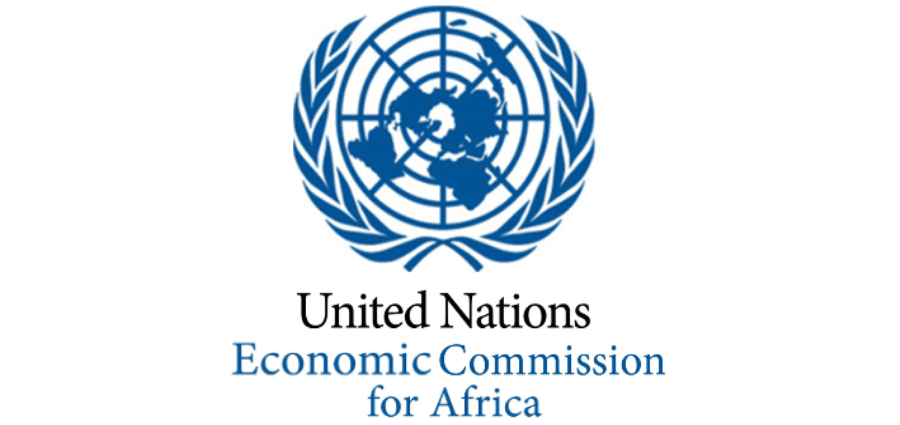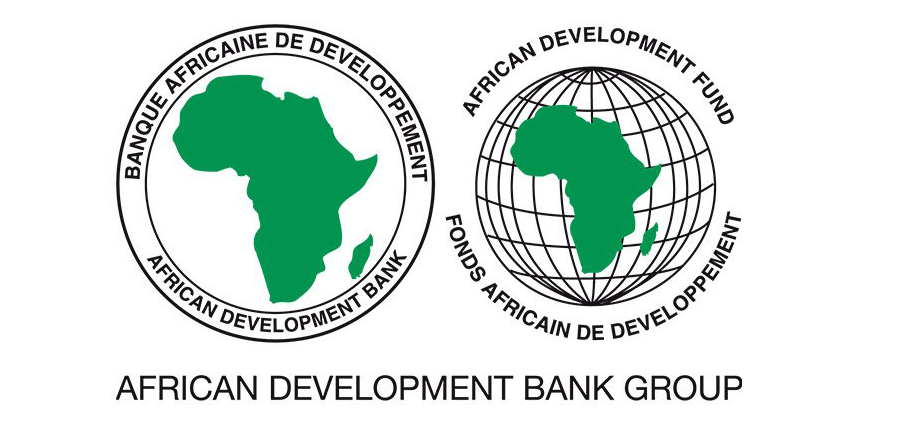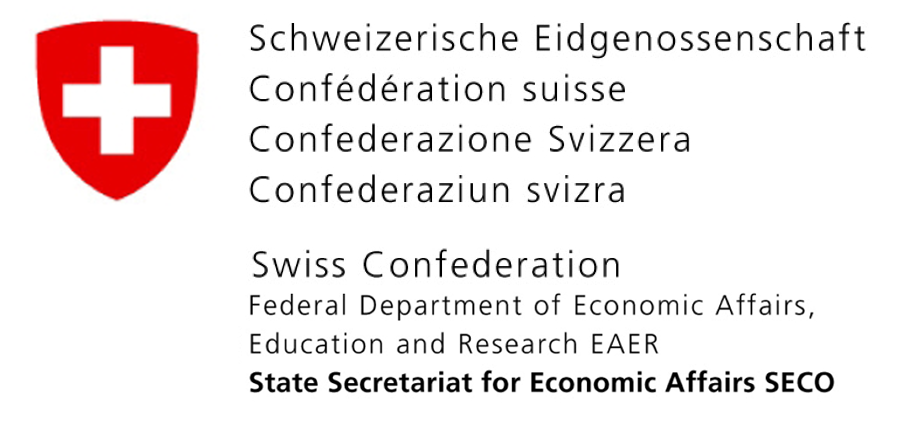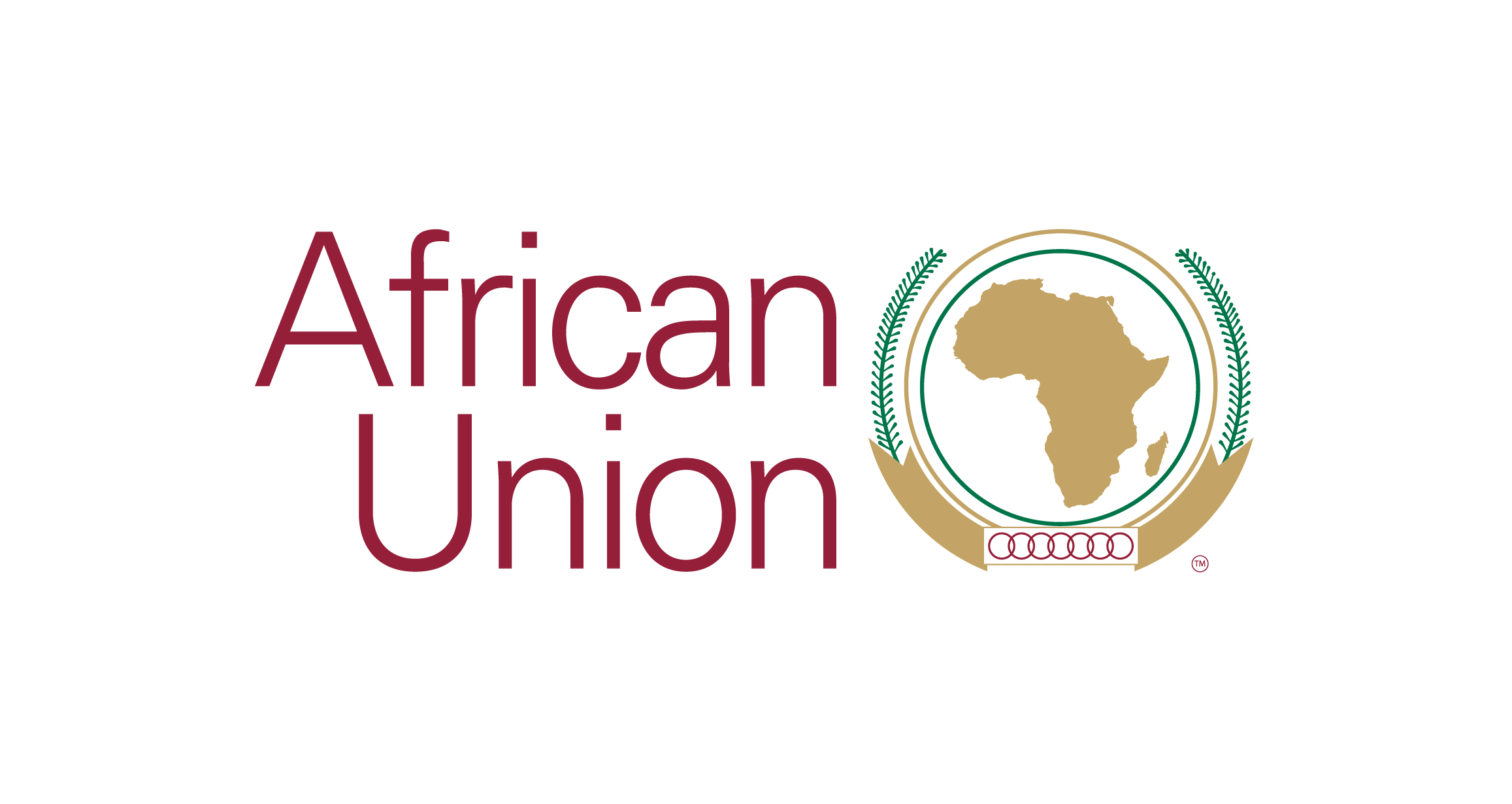Poverty Reduction Transport Strategy Review
The strategic objective of the Sub-Saharan Africa Transport Program (SSATP) for the period 2004-2007 was to anchor national transport strategies firmly in national goals and strategies for poverty reduction. To achieve this objective, a participatory process that enabled country stakeholders to review and adapt their poverty reduction and transport strategies was progressively implemented. The Poverty Reduction-Transport Strategy Review (PRTSR) process addressed two fundamental questions:
- Does the national poverty reduction strategy provide a sufficiently clear framework to orient transport sector strategies? If not, what changes are required?
- Does the strategy for the transport sector take fully into account the goals and priorities of the poverty reduction strategy? If not, what changes are required?
The conclusions of a PRTSR review would lead to adaptations to the poverty reduction strategy or to the transport strategy, or both. The adaptations concerned the content of national strategies, as well as the processes of decision-making.
The review process was based on two essential principles:
- Ownership of the process and its results by national stakeholders and
- Participation of a representative group of leading people who have excellent knowledge of the issues and who can influence changes in national strategies.
The process involved a structured series of steps, including: official approval and establishment of a Steering Group to manage the process, composed of leading persons involved in transport and poverty reduction strategies (public, private and civil society); and creation, on the basis of a rigorous stakeholder analysis, of a Stakeholder Group, composed of influential people from the public sector, private sector and civil society, representing priority sectors and issues concerning transport and poverty reduction. The actual work entailed a critical analysis of the poverty reduction strategy and how it addresses transport, the transport strategy and its coherence with the poverty reduction strategy, and the processes and actors involved in the formulation of these strategies. Finally there were recommendations and implementation plans.
By November 2005, 10 countries had completed their review and identified the actions needed to better connect transport strategies with poverty reduction. Three countries – Tanzania, Guinea and Rwanda – completed the review of their national strategies during the pilot phase in 2003, when the PRTSR method was still being tested and developed. In 2004 and 2005, seven more countries (Cameroon, Côte d’Ivoire, Lesotho, Malawi, Mali, Senegal and Zimbabwe) completed the review of their transport and poverty reduction strategies, using the method outlined in the PRTSR Guidelines. Eleven other countries continued or commenced with the review process after 2005: the Democratic Republic of Congo, Swaziland, Kenya, Burundi, Cap Verde, Ethiopia, Gambia, Ghana, Niger, Uganda and Zambia.







